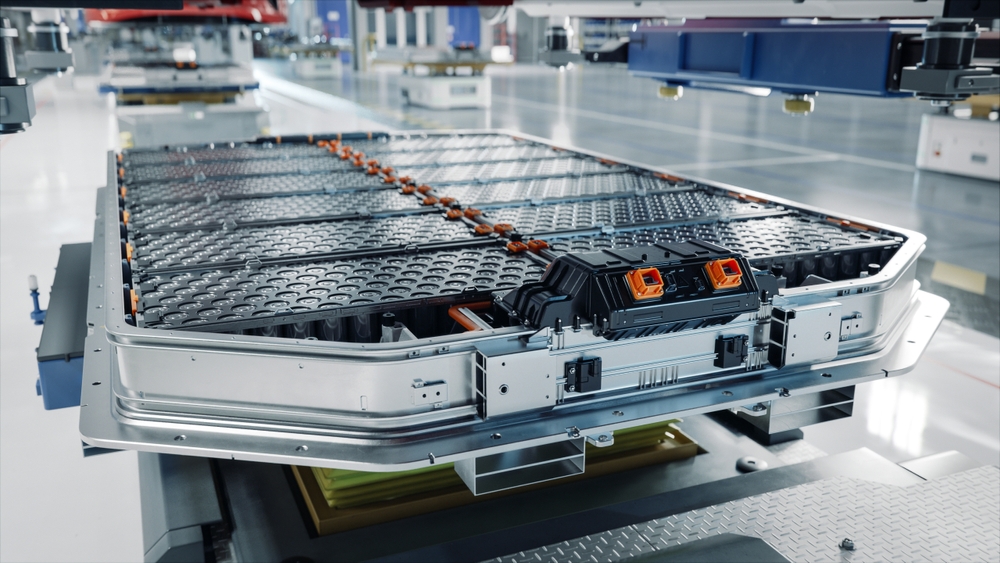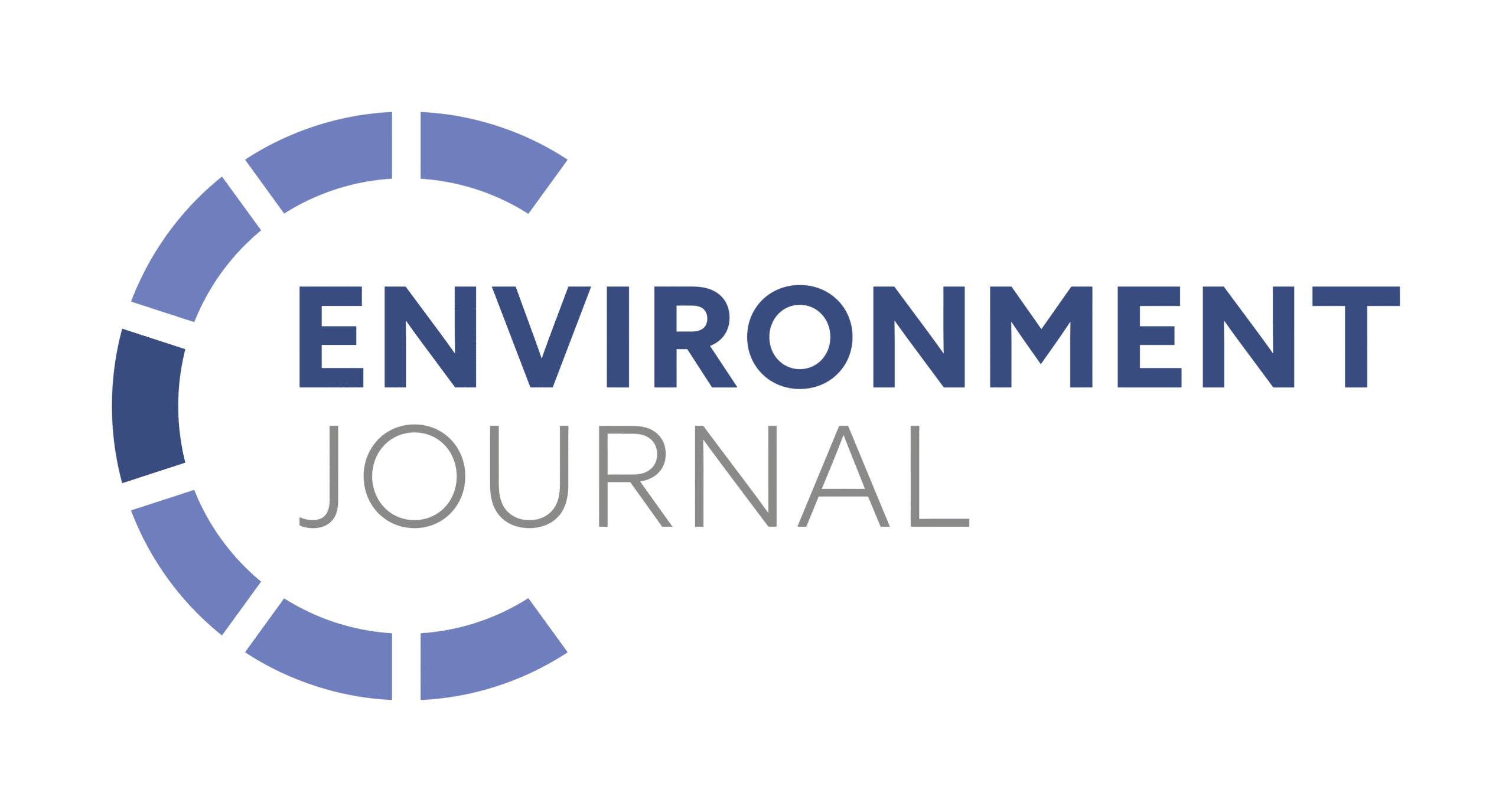A new study in California has compared different ways of dealing with electric vehicle batteries after their useful life has ended.
The question of what to do with EV batteries once they can no longer power a car is an increasingly pressing one and this study explored two potential options: recycling and second use.

Recycling involves breaking the battery down to recover valuable materials such as lithium, nickel and cobalt, which can then be used to manufacture new batteries.
Second use involves repurposing the batteries (bearing in mind that they have lost about 20% of their original capacity) for stationary energy storage, such as backing up solar or wind power systems.
Both strategies support a circular economy, reducing waste and make the most of existing resources. However, the team from University of Münster, the Fraunhofer FFB and Lawrence Berkeley National Laboratory set out to find which approach is more beneficial from an environmental perspective.
Using data modeling, they projected supply and demand through the year 2050 and evaluated the climate impact of each option.
They found that by 2050, recycling could meet around 61% of California’s demand for new EV battery materials. On the other hand, the second use of end-of-life EV batteries could meet the entire demand for stationary energy storage as early as 2030.
In fact, if only lithium iron phosphate (LFP) batteries – which are ideal for energy storage – are reused, the state could continue to meet this demand entirely through second use by mid-century.
From a climate perspective, second use came out ahead. Reusing EV batteries before recycling them could save roughly 56 million tons of carbon dioxide emissions, compared to about 48 million tons from immediate recycling. This suggests that a reuse-first approach could deliver greater environmental benefits overall.
However, the study also found limits to second use. Eventually, the number of old EV batteries will surpass what’s needed for stationary storage. So, even if reuse is prioritised, recycling remains essential.
The researchers estimate that California will need about 10 large recycling plants and nearly 20 battery manufacturing plants by 2050 to handle the projected demand and waste flows.
The full research can be read here.
















Leave a Reply